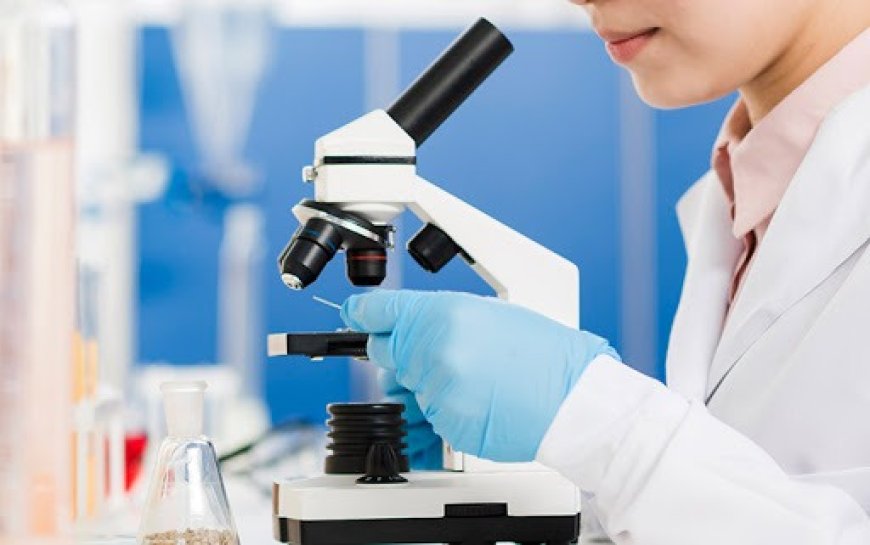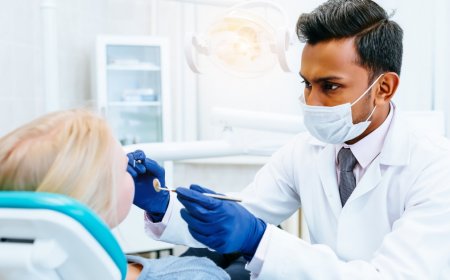Inside the Pathology Lab: Where Science Meets Life-Saving Diagnostics
Whether it's confirming a diagnosis, monitoring a disease, or ruling out serious conditions, pathology labs are where science meets patient care.

Behind every accurate medical diagnosis lies a quiet yet powerful enginethe pathology lab. While often overlooked by patients, these labs are vital to healthcare systems worldwide, providing the data that doctors rely on to make precise decisions. Whether it's confirming a diagnosis, monitoring a disease, or ruling out serious conditions, pathology labs are where science meets patient care.
What Happens in a Pathology Lab?
A pathology lab is a clinical setting where trained professionals analyze bodily fluids and tissues. These specimensranging from blood and urine to biopsied tissueare examined using various techniques, such as microscopy, chemical analysis, and molecular biology.
There are many branches within pathology labs:
-
Anatomical Pathology focuses on the examination of organs and tissues, often through biopsies.
-
Clinical Pathology includes blood chemistry, hematology, and immunology.
-
Molecular Pathology uses genetic and molecular testing for highly precise diagnostics.
Every test run in a pathology lab has one common goal: to provide accurate insights that aid in understanding a persons health.
The Unsung Heroes: Who Works in a Pathology Lab?
While pathologists often get the credit for interpreting results, the reality is that a pathology lab is a collaborative space. Lab technicians, technologists, phlebotomists, and data analysts all play important roles in preparing samples, running diagnostic machines, verifying results, and maintaining strict quality standards.
Pathologistsdoctors who specialize in diagnosing disease based on lab findingsreview and interpret the test results, often working closely with clinicians to provide context and recommendations.
Pathology Labs and Patient Care
A single blood test can reveal a multitude of conditionsfrom infections and vitamin deficiencies to cancers and organ dysfunction. For example, a biopsy examined under a microscope can determine if a tumor is benign or malignant, which directly influences treatment options.
Pathology labs support:
-
Diagnosis confirming or ruling out specific medical conditions
-
Screening identifying health issues before symptoms arise
-
Prognosis predicting the likely course of a disease
-
Therapy Monitoring checking how well a treatment is working
Without reliable pathology testing, much of modern medicine would be based on guesswork.
The Evolution of Pathology Labs
Todays pathology labs are far more advanced than they were a decade ago. Automation, artificial intelligence, and digital imaging are now part of standard operations in many labs. With electronic medical records and cloud-based platforms, patients and doctors can access lab reports online, often within hours.
Additionally, the rise of home sample collection has made lab testing more accessible than everespecially for elderly patients or those living in remote areas.
Final Thoughts
A pathology lab might be out of sight, but it should never be out of mind. It is the scientific nerve center of modern healthcare, delivering the evidence needed for accurate, effective treatment. As diagnostic technologies evolve, pathology labs will only become more essentialproviding the clarity and confidence doctors need to care for their patients.



































